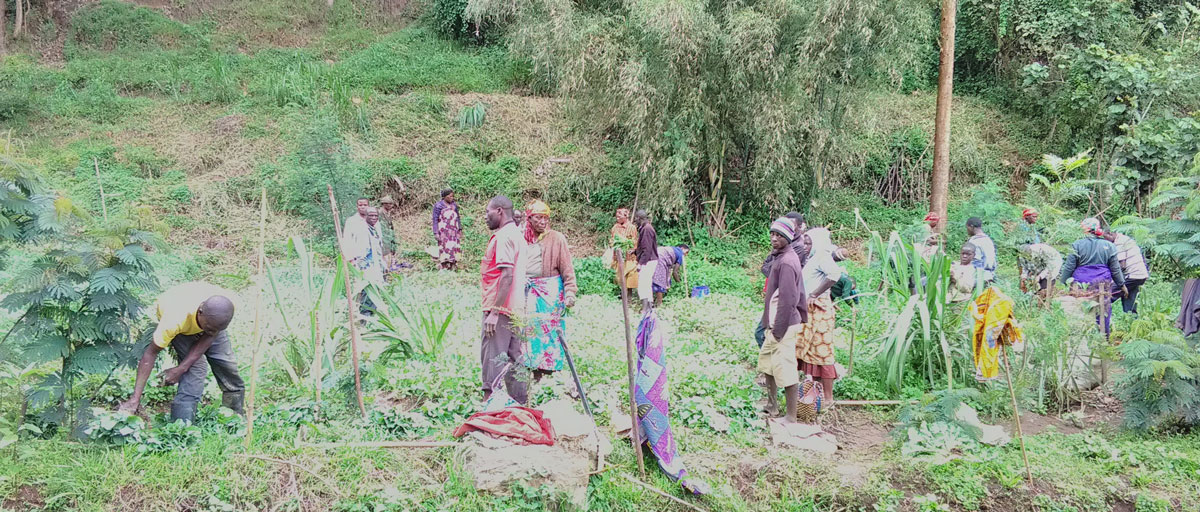Estimating the global potential of water harvesting from successful case studies
Summary
Water harvesting has been widely applied in different social-ecological contexts, proving to be a valuable approach to sustainable intensification of agriculture. Global estimates of the potential of water harvesting are generally based on purely biophysical assessments and mostly neglect the socioeconomic dimension of agriculture. This neglect becomes a critical factor for the feasibility and effectiveness of policy and funding efforts to mainstream this practice.
This study uses archetype analysis to systematically identify social-ecological regions worldwide based on >160 successful cases of local water harvesting implementation. We delineate six archetypal regions which capture the specific social-ecological conditions of the case studies. The archetypes cover 19% of current global croplands with hotspots in large portions of East Africa and Southeast Asia. We estimate that the adoption of water harvesting in these cropland areas can increase crop production up to 60–100% in Uganda, Burundi, Tanzania and India.
The results of this study can complement conventional biophysical analysis on the potential of these practices and guide policy development at global and regional scales. The methodological approach can be also replicated at finer scales to guide the improvement of rainfed agricultural.







